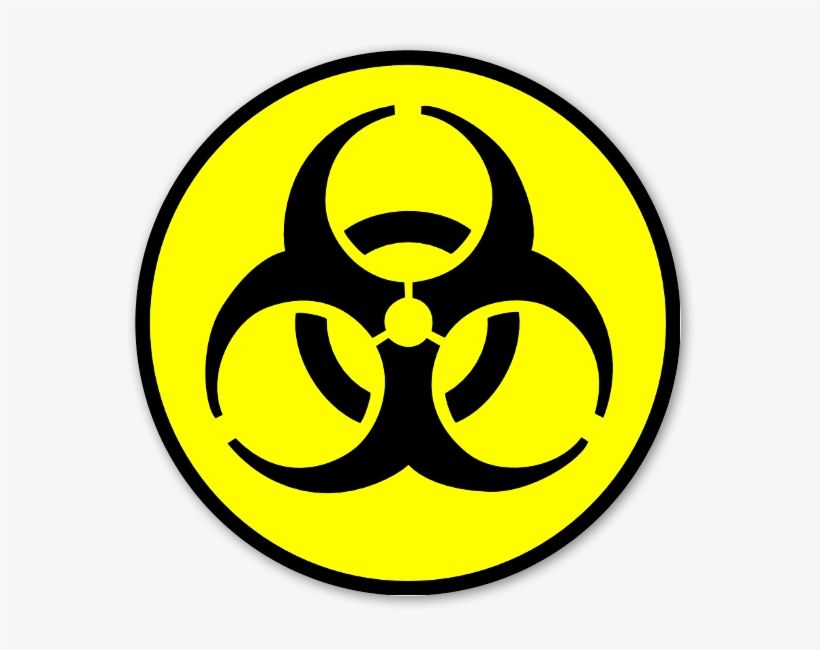Biohazard Remediation
Button/ biohazard remediation
- biohazard remediation
- biological aftermath cleaning
The aftermath of a biohazard or biological event is always best left to the professionals.
-
What are biohazards?
Simply put, a biohazard (biological hazard) is any biological material that poses a risk to human or animal health.
Blood is the biohazard most commonly encountered. Other harazrds include mold and fungus, human waste, animal infestations and industrial chemicals.
Some biohazards are rare while others are far more common in both residential and commercial/industrial situations.
Microorganisms are the most common cause of biohazards - including fungi, bacteria, viruses or toxins.
The CDC classifies biohazard levels based on their potential for harm:
Level 1 - post minimal threat to humans (e. coli)
Level 2 - cause moderate harm to humans (HIV)
Level 3 - high-risk pathogens that can become airborne (tuberculosis)
Level 4 - life-threatenting pathogens with no know treatment (ebola)
-
Where might exposure to biohazards occur?
Biohazards are not as rare as many people think. Inf act, biohazards can occur commonly in residential and industrial buildings.
In homes, a small leak can result in black mold
growth and a rodent infestation can leave behind droppings that which may contain pathogens that might become airborne.Bodily fluids and used needles are not uncommon in hotel and nightlife facilities.
Assisted living facilities can suffer viral outbreaks and require professional cleaning.
Industrial accidents, medical incidents and crime scenes can leave a property owner/manager with a biohazard cleanup on their hands.
-
What types of biohazard cleanup are common?
- Human Deaths including homicide, suicide & unattended death
- Blood & bodily fluids
- Animal investations & carcasses
- Hoarding
- Localized disease outbreaks
- Mold / fungus investations
- Crime scene cleanup
- Odor removal
- Sewage and black water
- Vehilcle cleaning / decontamination
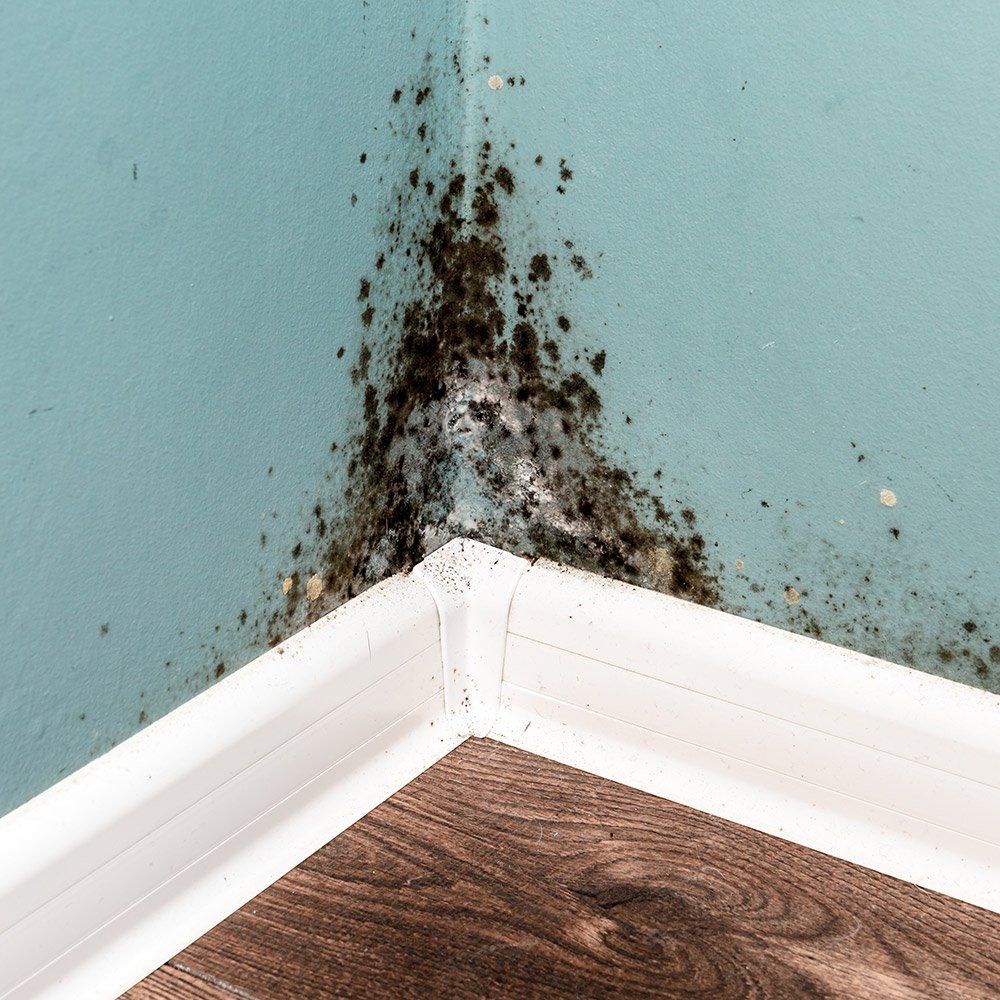
Slide title
Write your caption hereButton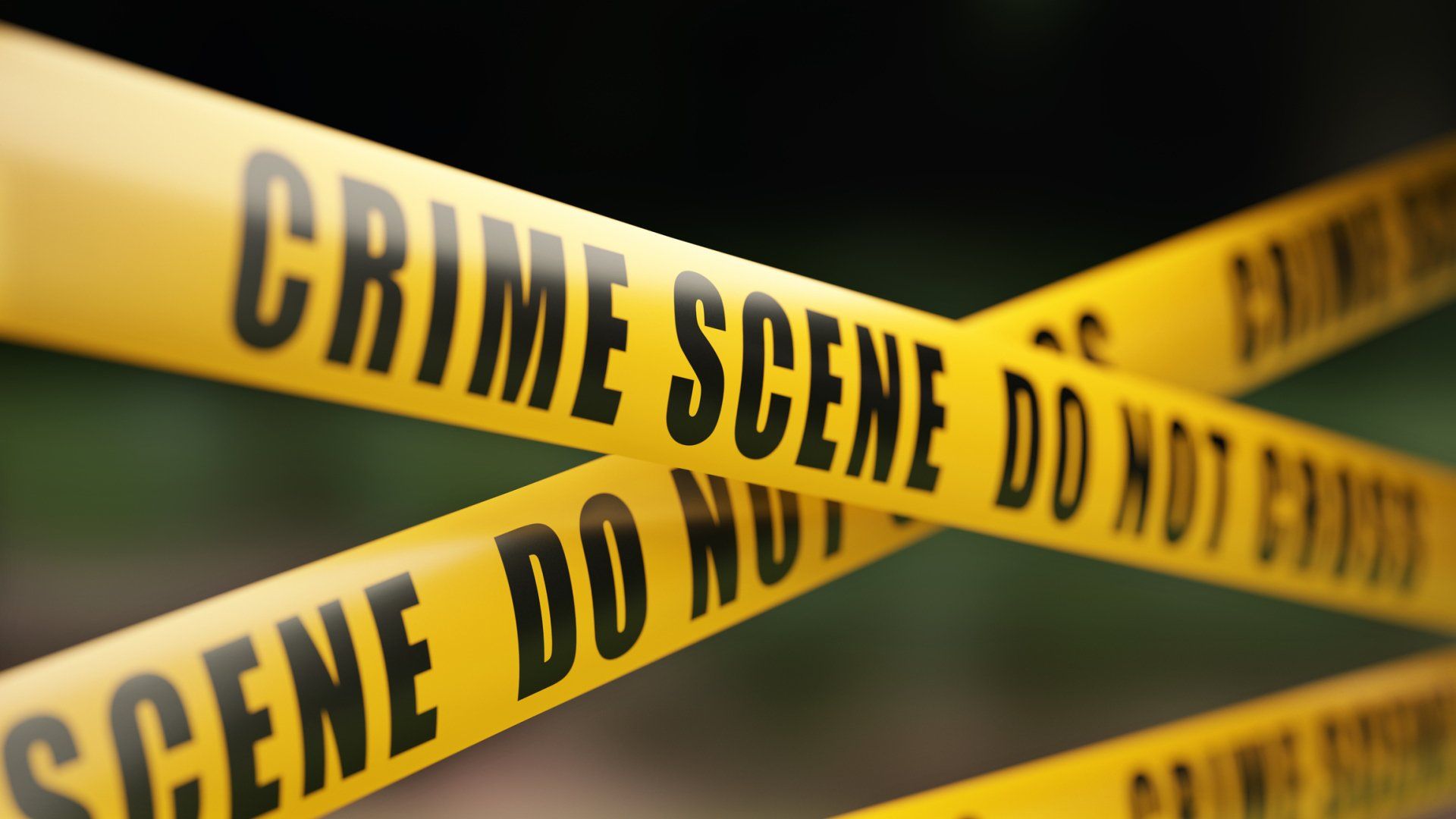
Slide title
Write your caption hereButton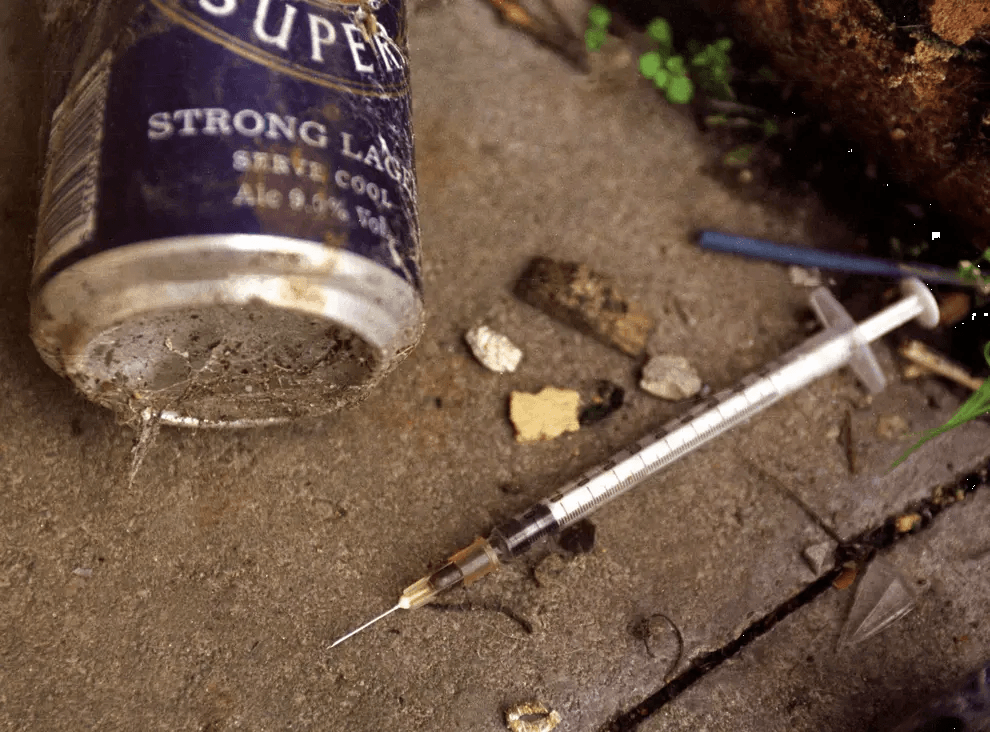
Slide title
Write your caption hereButton
APN Environmental
All Rights Reserved | APN Enviornmental
